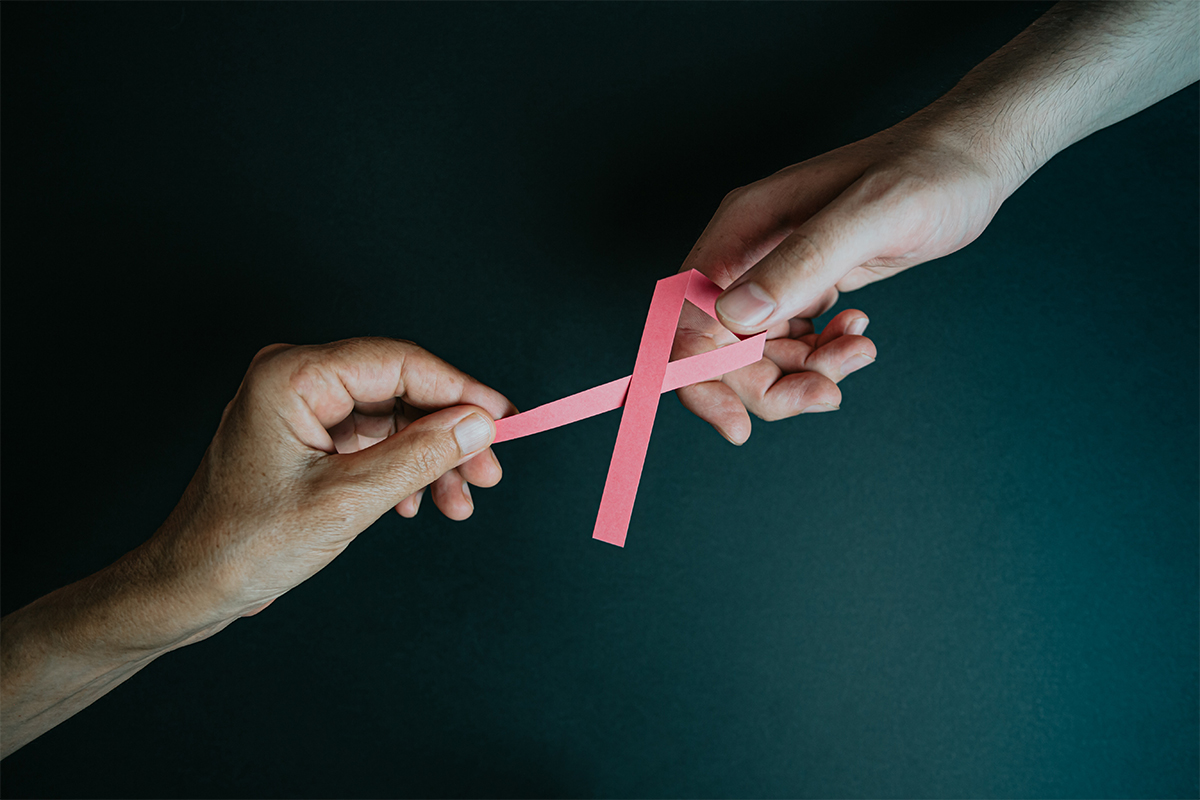Breast cancer is one of the most common cancers in the world, and its impact on low and middle-income countries has been devastating. According to the World Health Organization (WHO), breast cancer affects more than 2.3 million women each year, with over 600,000 deaths annually.
In low and middle-income countries, the burden of breast cancer is even more significant due to limited access to healthcare services, lack of awareness about early detection methods, and inadequate resources for treatment.
The Sad Truth For Low And Middle-Income Countries Battling Breast Cancer
In 95% of countries, breast cancer is the leading or second leading cause of female cancer deaths. However, low- and middle-income countries the highest number of deaths from this disease with nearly 80% of deaths attributed to breast and cervical cancer.
Women in these countries are often diagnosed at later stages when the disease has already spread to other parts of their bodies. This means that they are less likely to survive than those who are diagnosed earlier. There is often a lack of specialized care available in these countries due to limited resources or a lack of trained personnel. This can lead to delays in diagnosis and treatment, further worsening patient outcomes.
Additionally, many financial constraints and cultural beliefs can discourage women from seeking medical attention or talking openly about their health concerns.
The WHOs Updated Roadmap on Breast Cancer
To address these disparities, the World Health Organization (WHO) has released their new global initiative, which is a roadmap regarding breast cancer with the goal of saving 2.5 million lives from breast cancer by the year 2040.
The WHO aims to reduce the burden of breast cancer by increasing access to screening and diagnosis services as well as providing better treatments for those affected. The roadmap emphasizes three points, including:
- “Recommending countries to focus on breast cancer early-detection programs so that at least 60% of the breast cancers are diagnosed and treated as an early-stage disease.
- Diagnosing breast cancer within 60 days of the initial presentation can improve breast cancer outcomes. Treatment should start within three months of the first presentation.
- Managing breast cancer so that at least 80% of patients complete their recommended treatment.”
These steps are essential to reduce the impacts of breast cancer in low and middle-income countries. Therefore, governments, healthcare organizations, and other stakeholders must work together to ensure that these goals are met so that more women can receive effective treatment sooner and have a better chance at survival. This roadmap has the potential to save millions of female cancer deaths and the consequences of them.
“Since 2018, WHO has developed integrated initiatives in women’s and children’s cancers, calling also for the elimination of cervical cancer and a doubling of childhood cancer survival. Taken together, these initiatives can revert the generational harm from cancers and save more than a million lives in the next ten years.”






